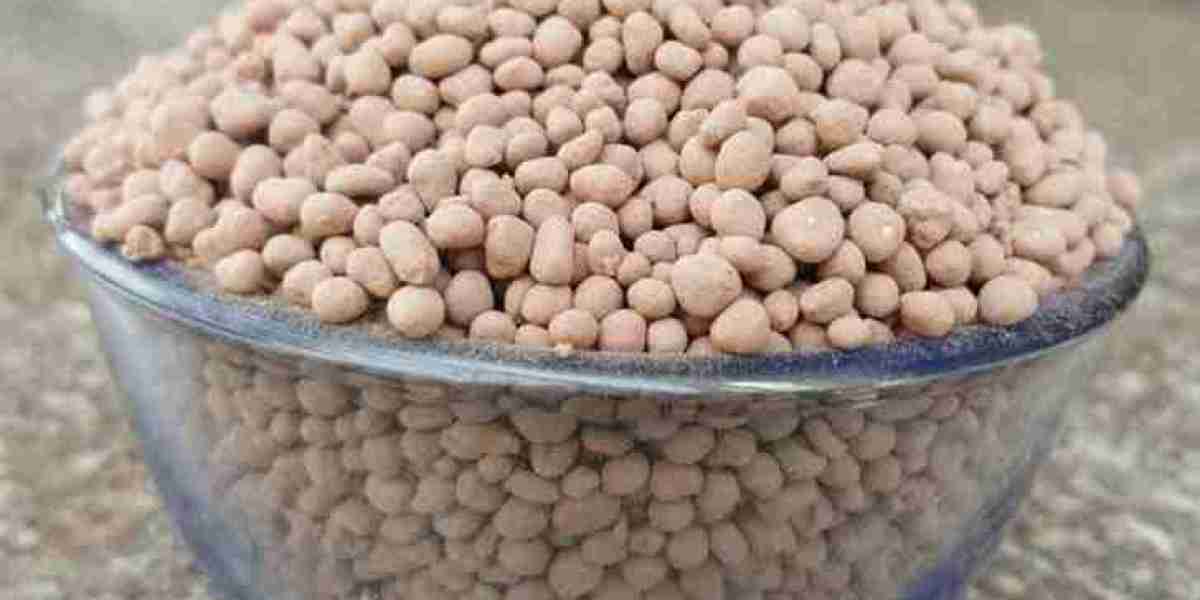The growing demand for sustainable and efficient agricultural practices has driven innovation in modern farming techniques such as hydroponics and precision farming. These high-tech cultivation methods aim to optimize resource use, improve crop yield, and reduce environmental impact. One promising input that aligns well with these goals is silicon fertilizer. Though often underappreciated, silicon is increasingly recognized for its role in enhancing plant strength, stress tolerance, and nutrient efficiency. This article explores the expanding role of the Silicon Fertilizers Market in the context of hydroponic systems and precision farming approaches.
Understanding the Role of Silicon in Plants
Silicon is not considered an essential nutrient like nitrogen or potassium, but its benefits in plant physiology and stress tolerance are well-documented:
Strengthens plant cell walls
Increases resistance to pests and diseases
Enhances photosynthesis and nutrient uptake
Reduces abiotic stress from drought, salinity, and temperature
These attributes are particularly valuable in controlled environments and data-driven farming, where every input is calibrated for maximum efficiency.
Why Silicon Fertilizers Are Ideal for Hydroponics
Hydroponic farming involves growing plants in a nutrient-rich water solution without soil. While this method offers superior control over nutrient delivery, silicon—naturally abundant in soil—is often missing from these systems.
Key Benefits of Silicon in Hydroponics:
Compensates for Soil Absence
Supplements silicon that would naturally occur in soil.
Supports structural development of plants like tomatoes, cucumbers, and lettuce.
Disease Prevention
Silicon application helps prevent fungal infections such as powdery mildew and root rot, which are common in hydroponic setups.
Improves Nutrient Use Efficiency
Enhances uptake of phosphorus, potassium, and calcium from the solution.
Stress Tolerance in Controlled Environments
Helps plants withstand fluctuations in light, humidity, and temperature.
Application Methods:
Silicon fertilizers are introduced directly into the hydroponic nutrient solution.
Liquid or soluble forms are preferred for better absorption and ease of mixing.
Silicon Fertilizers in Precision Farming
Precision farming refers to site-specific crop management using technology such as GPS, sensors, drones, and data analytics to optimize agricultural inputs.
How Silicon Fertilizers Fit In:
Data-Based Application
Silicon levels in soil and plant tissue can be monitored via sensors, enabling precise application only where needed.
Enhanced Crop Models
Silicon integration improves predictive models on plant growth and resistance.
Reduced Input Waste
Application based on exact need prevents overuse, aligning with sustainability goals.
Integration with Irrigation Systems
Liquid silicon can be injected via drip irrigation, ensuring consistent delivery across fields.
Market Trends and Innovations
The Silicon Fertilizers Market is evolving to meet the specific needs of hydroponic and precision agriculture:
1. Liquid Silicon Formulations
High solubility and compatibility with irrigation systems.
Designed for high absorption in controlled setups.
2. Nano-Silicon Fertilizers
Offer faster and more efficient uptake at the cellular level.
Ideal for hydroponic systems and foliar applications in precision farming.
3. Smart Packaging and Monitoring
Innovations include QR code tracking for usage guidance and real-time data syncing with digital farm management tools.
Regional Adoption Trends
North America and Europe lead in the adoption of hydroponics and precision agriculture.
Silicon fertilizers are already being trialed in greenhouses and vertical farms.
Asia-Pacific is quickly catching up, especially in urban farming and rice-growing regions.
Middle East is leveraging hydroponics in water-scarce environments, creating a niche for silicon-based nutrient solutions.
Challenges and Solutions
| Challenge | Proposed Solution |
|---|---|
| Limited Awareness in Emerging Markets | Training programs, partnerships with agritech startups |
| High Cost of Specialized Formulations | Economies of scale, subsidies, and bundled nutrient kits |
| Lack of Standardized Application Guides | Digital platforms with crop-specific silicon dosing data |
| Technical Complexity for Small Growers | Mobile apps and AI advisors for easy integration |
Future Outlook
By 2030, the integration of silicon fertilizers in hydroponics and precision farming is expected to grow substantially. Market researchers forecast a CAGR of 8–12% in these niche but fast-growing segments. Contributing factors include:
Increasing demand for year-round food production in urban areas.
Rise in climate-resilient agriculture.
Growth of smart farming startups integrating silicon into nutrient packages.
Conclusion
The convergence of silicon fertilizers with hydroponic and precision farming technologies marks a significant step toward the future of sustainable agriculture. These methods demand precision, efficiency, and performance — all of which silicon fertilizers are uniquely positioned to provide. As knowledge spreads and innovation continues, the Silicon Fertilizers Market will become an integral part of advanced farming systems across the globe.




